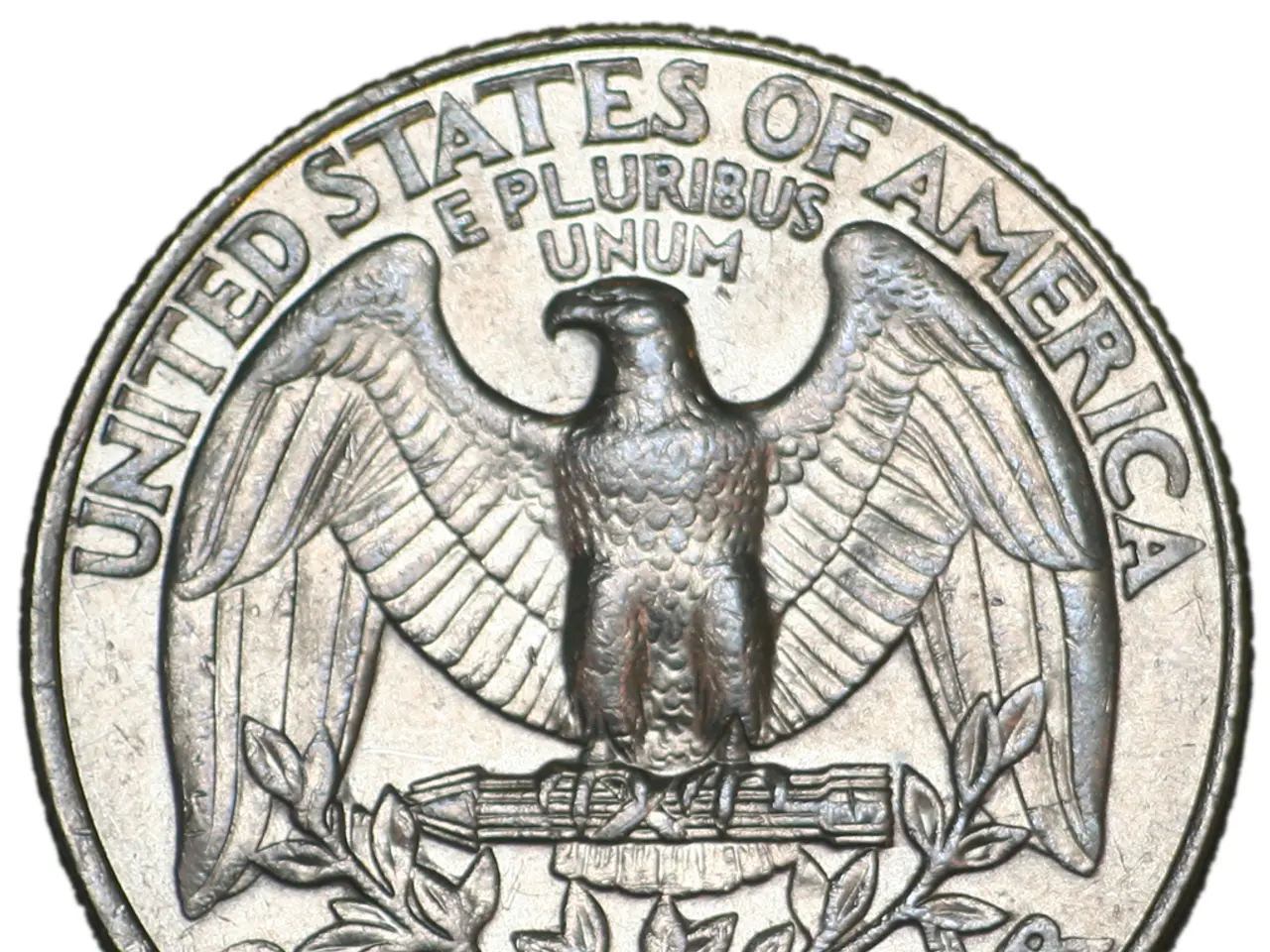Research Shows Advantages of Integrated Payment Systems in Progressive Payment Technologies
In the rapidly evolving world of digital payments, interoperability has emerged as a game-changer. This concept, exemplified by India's Unified Payments Interface (UPI), has significantly boosted digital payment adoption, making transactions more seamless, convenient, and accessible than ever before.
UPI, an interoperable platform, enables users to transact instantly, 24/7, using any UPI-enabled app irrespective of their bank or the recipient’s app. This openness has led UPI to dominate digital payments in India, now accounting for 85% of all digital transactions and handling over 18 billion transactions monthly. The International Monetary Fund (IMF) highlights UPI as a global leader, powering nearly 50% of real-time digital payments worldwide.
Before UPI, India's digital payments landscape was fragmented, limited by closed systems and slower settlement methods. UPI unified these through a common platform built over the Immediate Payment Service (IMPS), facilitating real-time, instant, and cost-free payments. This has accelerated India’s transition from a cash-based economy to a digital-first one and provided a scalable model for other countries seeking digital payment adoption.
The IMF report, "Growing Retail Digital Payments: The Value of Interoperability," states that interoperability increases user adoption by giving freedom to choose apps, encourages new entrants, pushes existing providers to innovate, and makes payments more appealing compared to closed-loop systems. The study, which compares UPI transactions with data from a major fintech firm that processed payments over a closed network, shows that interoperability plays a key role in driving digital payment adoption.
Researchers analyzed users' app choices after their first experience with digital payments and found that users increasingly chose the interoperable UPI system over the closed-loop alternative. However, the specific reasons for this preference were not discussed in the study.
The fintech firm mentioned in the study eventually decided to join UPI, recognising the benefits of interoperability. This move not only expanded their user base but also incentivized them to enhance the quality of their services to retain users.
The IMF encourages other countries to prioritise interoperable payment systems to reduce reliance on cash transactions. However, in regions like the U.S., real-time payments can face issues due to separate operating systems for different rails, such as FedNow and ACH.
In conclusion, UPI’s interoperability fosters convenience, competition, rapid scaling, and innovation, making digital payments more accessible and attractive than closed-loop alternatives, thereby driving widespread adoption in India and beyond. The success of UPI serves as a testament to the transformative power of interoperability in the digital payments ecosystem.
Sources: - DD News, "UPI transforms everyday life in India" (2025) [1] - IMF report cited by DD News and NDTV, "Growing Retail Digital Payments: The Value of Interoperability," July 2025 [1][2][3][4]
- The success of India's Unified Payments Interface (UPI), which accounts for 85% of digital transactions in India, is largely attributed to its feature of interoperability, as it allows users to transact seamlessly across different banks and apps, making it more appealing than closed-loop systems.
- The International Monetary Fund (IMF) emphasizes that interoperable payment systems, such as observed in UPI, can boost digital payment adoption by providing users with the freedom to choose apps, stimulating innovation, and reducing reliance on cash transactions, thus serving as a crucial component in transforming the digital payments landscape worldwide.




